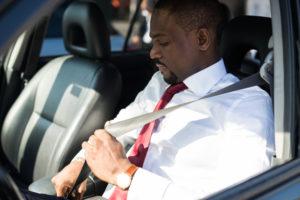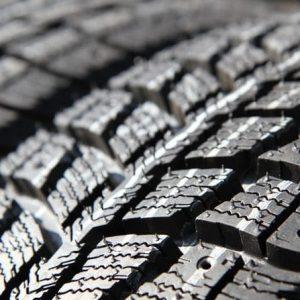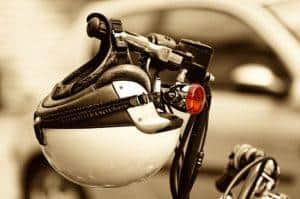
Despite recent safety features, seat belts are still the most effective injury-prevention devices in your vehicle. Fortunately, more people are buckling up every year. According to the Centers for Disease Control and Prevention (CDC), 83% of Mississippi drivers and passengers wear their seat belts.
However, that means 17% of vehicle occupants are at a high risk of suffering injuries or dying in the event of accidents. According to the CDC, seat belts lower the risk of injuries and death by about half, and they saved 12,802 lives in 2014.
Seat Belts Existed Even Before Cars
Seat belts predate modern passenger cars. They were first used in horse-drawn carriages. Seat belts have been standard in American cars since 1958 and nearly every state enforces seat belt laws.
Thanks to breakthroughs in automotive technology, driving has never been safer or more enjoyable. Tire pressure monitoring systems, lane departure prevention systems, backup cameras – these innovations are preventing accidents and saving lives. Yet wearing a seat belt is still your best defense against injury in the event of a car crash.
For a free legal consultation, call 800-537-8185
Five Advantages of Wearing a Seat Belt
There are multiple reasons why drivers and passengers alike should wear seat belts. These five reasons demonstrate the importance of wearing a seat belt:
Secures You in Position
If your car begins to skid or spin, your seat belt will hold you in the ideal position to take evasive action. Drivers who do not buckle up are more likely to lose control of their vehicles and crash.
Prevents Ejection
According to the Insurance Institute for Highway Safety, fatalities are more common in accidents when someone is ejected from the vehicle. Your seat belt will keep you inside your car and increase your odds of surviving a crash.
Distributes Impact Force
Your lap and shoulder belt will distribute the impact of the force over the strongest parts of your body. This is less likely to cause an injury than a concentrated impact on your head, chest, or abdomen, which is likely to happen if you are unrestrained.
Helps Your Body Match the Speed of Your Vehicle
If you are not buckled up, your body will continue moving at the same speed as your vehicle after the impact. Depending on the nature of your crash, you could hit the steering wheel, dashboard, or side window if you are not buckled up. Wearing a seat belt keeps you secured to your seat so your body also slows if your car stops suddenly.
Protects Your Brain and Spine
Hitting your head in a crash is likely to cause brain injuries. These can range in severity from minor concussions to potentially fatal coup-countercoup and diffuse axonal injuries.
Your spine is also at risk. Even a minor injury to your spinal cord can be devastating. The Christopher and Dana Reeve Foundation estimates that a partial loss of motor function could increase your cost of living to $347,484 for the first year of treatment and $42,206 for each subsequent year.
How Many Lives do Seat Belts Save?
In 2019, over 22,000 people were killed in car wrecks. Nearly half of those vehicle occupants were not wearing their seat belts. More people might have survived car accidents if they had all used seat belts.
Wearing a seat belt can reduce the risk of serious injuries by 50%. Seat belt use reduces accident fatalities by 45%. This equates to an average of 15,000 lives saved by seat belts every year.
Click to contact our personal injury lawyers today
Combine Seat Belts With Other Safety Features
Even if you drive a car with an excellent safety rating and additional features, it’s still important to wear a seat belt. Your vehicle’s safety rating was based on tests that utilized all available safety devices.
Some drivers wrongly think that the prevalence of airbags or lane departure warnings makes seat belts obsolete. However, airbags are designed to work with seat belts. They are not a substitute. Use seat belts with your car’s other features for optimum protection.
Questions?Call 800-537-8185
to find a Morris Bart office near you.





